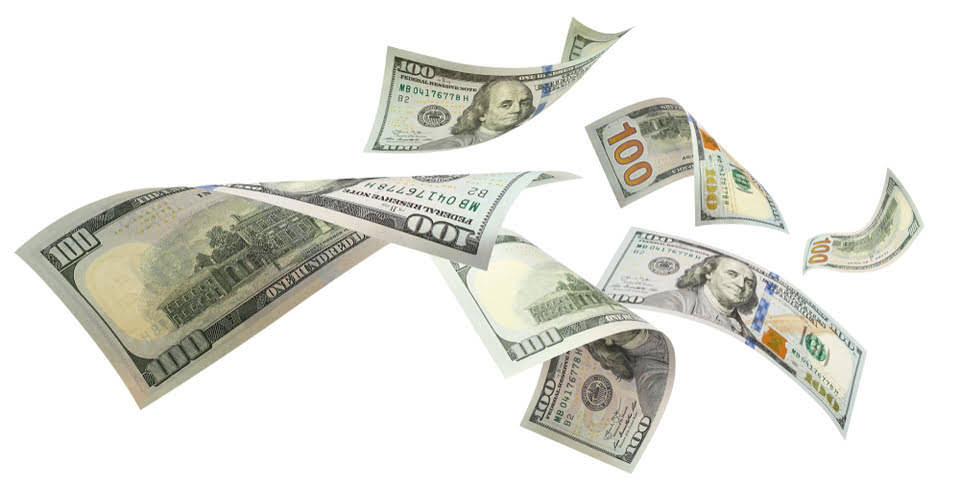
Now that you have a detailed record of your transactions, it’s time to reconcile your account balance with your bank’s records. Start by comparing each transaction in your checkbook register or digital tool with the corresponding transaction on your bank statement. A checking account is a type of bank account designed for day-to-day financial transactions, offering easy access to your money through checks, debit cards, and online transfers.
- This process includes tracking deposits, withdrawals, and any fees to ensure that your account balance is accurate.
- When David deposits money with the bank, he makes an entry on the debit side of his cash book.
- Skipping this could mean lost investment chances or payments made on wrong info.
- The notification of bank charges may have been sent by the bank before the month-end but may have been received by the account holder after the month-end.
- You are responsible for deciding what financial products and providers are best for your needs.
Free Credit Data

You need an ongoing record of deposits, withdrawals, checks written and any fees or interest earned. You’ll use this record to continue the process of balancing your checkbook. Every time cash, checks, money orders, or postal orders (or anything else) are deposited in the bank, the cash book (bank column) is debited.
Importance of Reconciling Bank Balance and Book Balance

If you’re in the latter category, it may be time to think about hiring a bookkeeper who will do the reconciling for you. In huge companies with full-time accountants, there’s always someone checking to make sure every number checks out, and that the books match reality. In a small business, that bank balance vs book balance responsibility usually falls to the owner (or a bookkeeper, if you hire one. If you don’t have a bookkeeper, check out Bench). Bank balance, however, is the actual amount of money in an account from the bank’s view. It considers all cleared transactions like deposits, withdrawals, and fees.
Balance per Cash Book and Bank Statement
Book balance includes transactions that a company has done during an accounting period, such as one quarter or a fiscal year. Typically, book balance is used to manage the cash within a company’s checking account. At the end of an accounting period, the book balance is reconciled with the bank statement to determine if the cash in the bank account matches the book balance. By monitoring your bank accounts regularly and promptly reporting any suspected fraudulent activities, you can take proactive steps to safeguard your financial records. This helps minimize discrepancies between your bank balance and QuickBooks balance and maintains the integrity of your financial data. Data entry errors and incorrect categorization can contribute to differences between your bank balance and QuickBooks balance.

It’s the primary account most people use to pay bills, make purchases, and manage their finances. A check register is like a diary of your checking account activity, and every box of checks you order from your bank will come with one. You use it to record every incoming and outgoing transaction in your account. This method originated from a time when writing checks was the primary way of making payments out of your checking account.
Causes of Difference between Bank Balance and QuickBooks Balance
Get more from a personalized relationship offering no everyday banking fees, priority service from a dedicated team and special perks and benefits. Connect with a Chase Private Client Banker at your nearest Chase branch to learn about eligibility requirements and all available benefits. Whether you choose to work with a financial advisor and develop a financial strategy or invest online, J.P. Morgan offers investment education, expertise and a range of tools to help you reach your goals. Morgan Wealth Management Branch or check out our latest online investing offers, promotions, and coupons.
Adjustments to bank account balance
The process of updating and syncing bank feeds involves retrieving and importing the latest transaction data from your bank into QuickBooks. By regularly updating and syncing your bank feeds, you can reduce discrepancies between your bank balance and QuickBooks balance. When you look at your books, you want to know they reflect reality. If your bank account, credit https://www.bookstime.com/articles/quickbooks card statements, and your bookkeeping don’t match up, you could end up spending money you don’t really have—or holding on to the money you could be investing in your business. This can also help you catch any bank service fees or interest income making sure your company’s cash balance is accurate. The bank balance stands for the money in a company’s bank account.
- Checks deposited by the account holder may have been returned unpaid.
- The articles and research support materials available on this site are educational and are not intended to be investment or tax advice.
- This stops theft or misuse of funds by keeping a clear record of all money matters.
- 11 Financial is a registered investment adviser located in Lufkin, Texas.
- Usually, book balance is employed to control the finances in a business’s checking account.
- By understanding these causes and implementing proper strategies, you can ensure that your bank balance aligns with your QuickBooks balance and maintain accurate financial records.
The book balance and bank balance may fluctuate from time to time due to errors in bank transactions that need to be corrected. The bank would deduct the monies from the company’s checking account if a deposit check did not have sufficient funds. Another factor contributing to the differences is bank fees and interest. Banks may charge fees for various services or offer interest on account balances, which might not be immediately recorded in the company’s books. These adjustments can cause the bank balance to differ from the book balance until they are accounted for in the company’s records. One of the primary reasons for differences between these two balances is the timing of transactions.
Create a free account to unlock this Template

This includes both paper statements that arrive by mail and digital statements accessible online through your bank’s website or mobile app. Whether you’re new to managing your money or just need a refresher, knowing how to balance a checking account is key. It’s a basic skill that helps you stay in control of your finances and avoid unnecessary fees or overdrafts. Balancing your checking account or managing a budget has psychological benefits, too.